How Building Materials Companies Can Increase Profitability Using Value-Based Pricing
Published On 7 August, 2023
Building materials companies are currently facing many challenges that can impact their profitability and sustainability. From fluctuating raw material costs to changing customer preferences, these challenges demand innovative strategies to ensure a company’s success. One such strategy that has gained prominence is value-based pricing, a customer-centric approach that can significantly enhance profitability. In this article, we will delve into the industry challenges faced by building materials companies, explore the sources of value inherent in value-based pricing, provide real-life case studies to illustrate its effectiveness, discuss critical takeaways for building materials companies, and conclude with a compelling call to action to encourage the adoption of pricing university programs.
Industry Challenges
Some of the challenges companies in the building materials industry encounter include:
1. Fluctuating Raw Material Costs:
Building materials companies depend heavily on raw materials such as lumber, steel, cement, and energy. The volatile nature of these commodities can lead to significant fluctuations in production costs, making it difficult to maintain consistent profit margins and effecting profitability.
2. Intense Competition:
The industry is marked by fierce competition, with numerous players vying for market share. This often leads to price wars, eroding profit margins and hindering long-term growth.
3. Evolving Customer Preferences:
Consumer demands continually change, driven by sustainability, energy efficiency, and aesthetics. Building materials companies must adapt to these shifting preferences while ensuring their pricing strategies remain aligned.
4. Regulatory Changes:
Stringent environmental regulations and safety standards can impact production processes and costs. Companies must invest in compliance measures, which can strain their financial resources.
5. Long Sales Cycles:
The construction and real estate industries often involve long sales cycles, requiring building materials companies to maintain profitability over extended periods.
Addressing these challenges requires a strategic pricing approach beyond simply cost-based methods.

Sources of Value in Value-Based Pricing
Value-based pricing is a strategy that sets prices based on a product or service’s perceived value to customers rather than just its production costs. By understanding and quantifying the unique value their products bring to customers, building materials companies can create pricing structures that align with customer preferences and needs. The key sources of value in value-based pricing for building materials companies include:
1. Quality and Performance:
Products demonstrating superior quality and performance can command higher prices.
For example, a company like Dow Chemicals leveraged value-based pricing to position its advanced insulation materials as more efficient and durable, allowing it to capture a premium in the market.
2. Sustainability and Environmental Impact:
With the growing emphasis on sustainability, building materials with a lower environmental footprint are highly valued.
Interface, a global carpet manufacturer, adopted value-based pricing by highlighting the reduced carbon footprint of its modular flooring solutions, attracting environmentally conscious customers willing to pay a premium.
3. Innovation and Technological Advancement:
Building materials incorporating innovative technologies or cutting-edge designs offer unique value propositions.
VELUX, a leading skylight and roof window manufacturer, utilised value-based pricing to emphasise the energy-saving benefits of its solar-powered products, leading to increased demand from eco-conscious buyers.
4. Customisation and Personalization:
Tailoring products to meet specific customer needs allows companies to charge higher prices.
Armstrong World Industries successfully applied value-based pricing by offering customisable ceiling solutions catering to diverse commercial design preferences.
5. Total Cost of Ownership:
Demonstrating how a product’s long-term benefits outweigh its upfront cost can justify higher prices. Owens Corning, a prominent insulation manufacturer, employed value-based pricing by showcasing how its energy-efficient insulation reduced heating and cooling costs, making it a cost-effective choice.

Additional Case Studies
The following are case studies of two prominent building materials companies that implemented value-based pricing to enhance profitability:
Case Study 1:
James Hardie – Transitioning to Value-Based Sales for Sustainable Growth
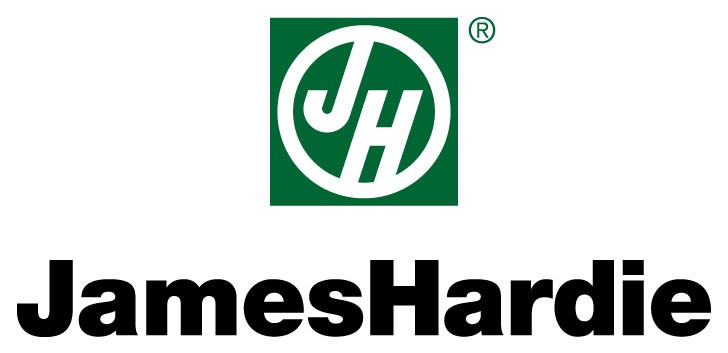
James Hardie, a global leader in fibre cement building products, faced challenges in diversifying its product offerings and meeting the growing demand for sustainable construction materials. While renowned for its durable and weather-resistant siding and cladding solutions, the company sought to expand into new markets and showcase the environmental benefits of its products.
Considerations:
- Market Expansion: James Hardie needed to identify new applications for its fibre cement products to drive growth beyond its core siding business.
- Sustainability Integration: The company had to enhance its products’ sustainability profile and communicate the long-term value of environmentally friendly solutions.
- Differentiation Strategy: James Hardie had to differentiate itself from traditional materials and showcase the performance advantages of its fibre cement offerings.

Actions Taken:
- Diversification Initiatives: James Hardie embarked on an initiative to diversify its product portfolio by introducing fibre cement solutions for interior applications, such as flooring, ceilings, and decorative panels. This move allowed the company to tap into new markets and expand its customer base.
- Sustainable Product Development: The company invested in research and development to enhance the sustainability of its products. This included using recycled materials, reducing environmental impact, and obtaining certifications that validated the eco-friendliness of their offerings.
- Educating Stakeholders: James Hardie launched comprehensive marketing campaigns and educational initiatives to inform architects, builders, and homeowners about the durability, low maintenance, and energy-saving attributes of their fibre cement products.
- Design Collaborations: The company collaborated with renowned architects and designers to showcase the aesthetic possibilities of fibre cement in modern construction. Showcasing successful projects demonstrated the versatility and design flexibility of their products.

Results:
Through a value-based sales approach that focused on diversification, sustainability, and collaboration, James Hardie successfully addressed its challenges and achieved sustainable growth. The company expanded its product range, attracting new customers and increasing market share beyond its core business. James Hardie strengthened its reputation as a forward-thinking industry leader by emphasising its fibre cement solutions’ performance advantages and eco-friendly nature. He secured its position as a provider of premium, value-driven building materials.
Case Study 2:
Saint-Gobain – Transforming Building Materials through Value-Based Sales
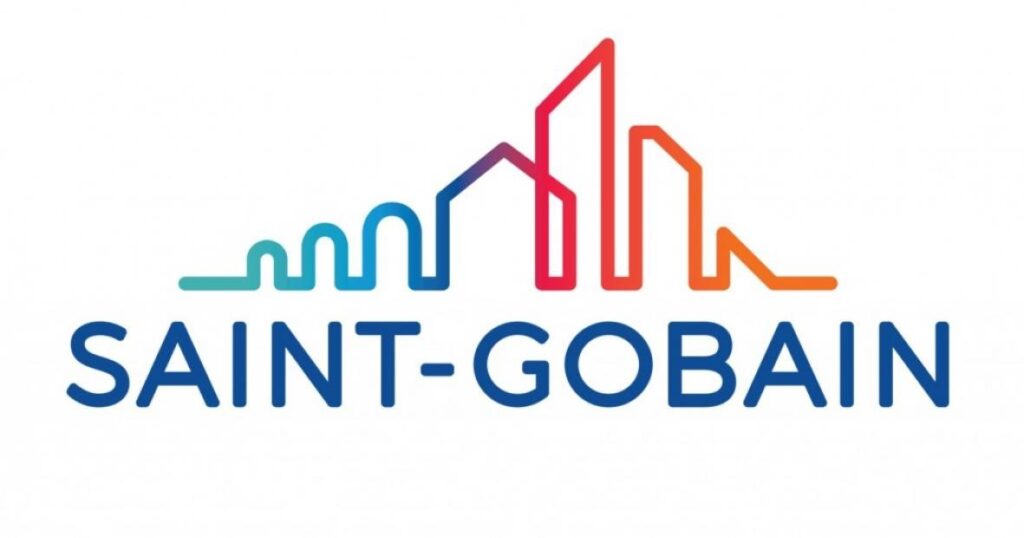
Saint-Gobain, a global leader in the building materials industry, faced challenges related to market perception and the increasing demand for sustainable solutions. Despite its reputation for quality and innovation, the company’s profitability was hindered by perceptions that its products were traditional and needed more differentiation. The growing emphasis on sustainability and environmental responsibility also threatened their conventional offerings.
Considerations:
- Innovation Showcase: Saint-Gobain needed to showcase its commitment to innovation and design excellence to counter the perception of its products as conventional.
- Sustainability Integration: The company had to integrate sustainability into their product offerings and demonstrate the long-term value of eco-friendly solutions.
- Market Segmentation: Saint-Gobain had to identify specific market segments where their advanced technologies and products could create a unique competitive advantage.
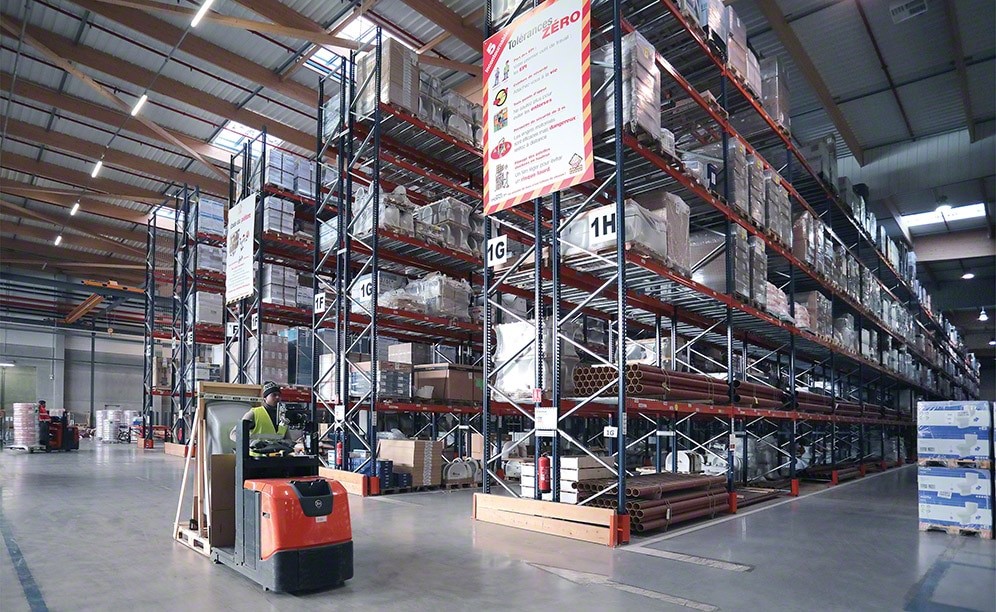
Actions Taken:
- Innovation Showrooms: Saint-Gobain established state-of-the-art innovation showrooms in critical markets, featuring interactive displays and demonstrations of their cutting-edge products and technologies.
- Green Building Solutions: The company developed a range of sustainable building materials, such as energy-efficient glass, insulation solutions, and eco-friendly construction systems. They highlighted the energy savings and environmental benefits of these products.
- Collaborative Partnerships: Saint-Gobain partnered with architects, designers, and developers to co-create innovative solutions for specific projects, demonstrating their commitment to customised, high-value offerings.
- Thought Leadership: The company launched a series of industry seminars, webinars, and whitepapers to educate stakeholders on the economic and environmental benefits of sustainable building practices.

Results:
Saint-Gobain successfully transformed its market perception and profitability by adopting a value-based sales approach emphasising innovation, sustainability, and customised solutions. The company positioned itself as a provider of forward-thinking solutions addressing aesthetic and environmental concerns. This strategy increased demand for their premium products, improved margins, and a stronger competitive position in the building materials industry.
Case Study 3:
LafargeHolcim – Leveraging Innovation for Sustainable Profitability
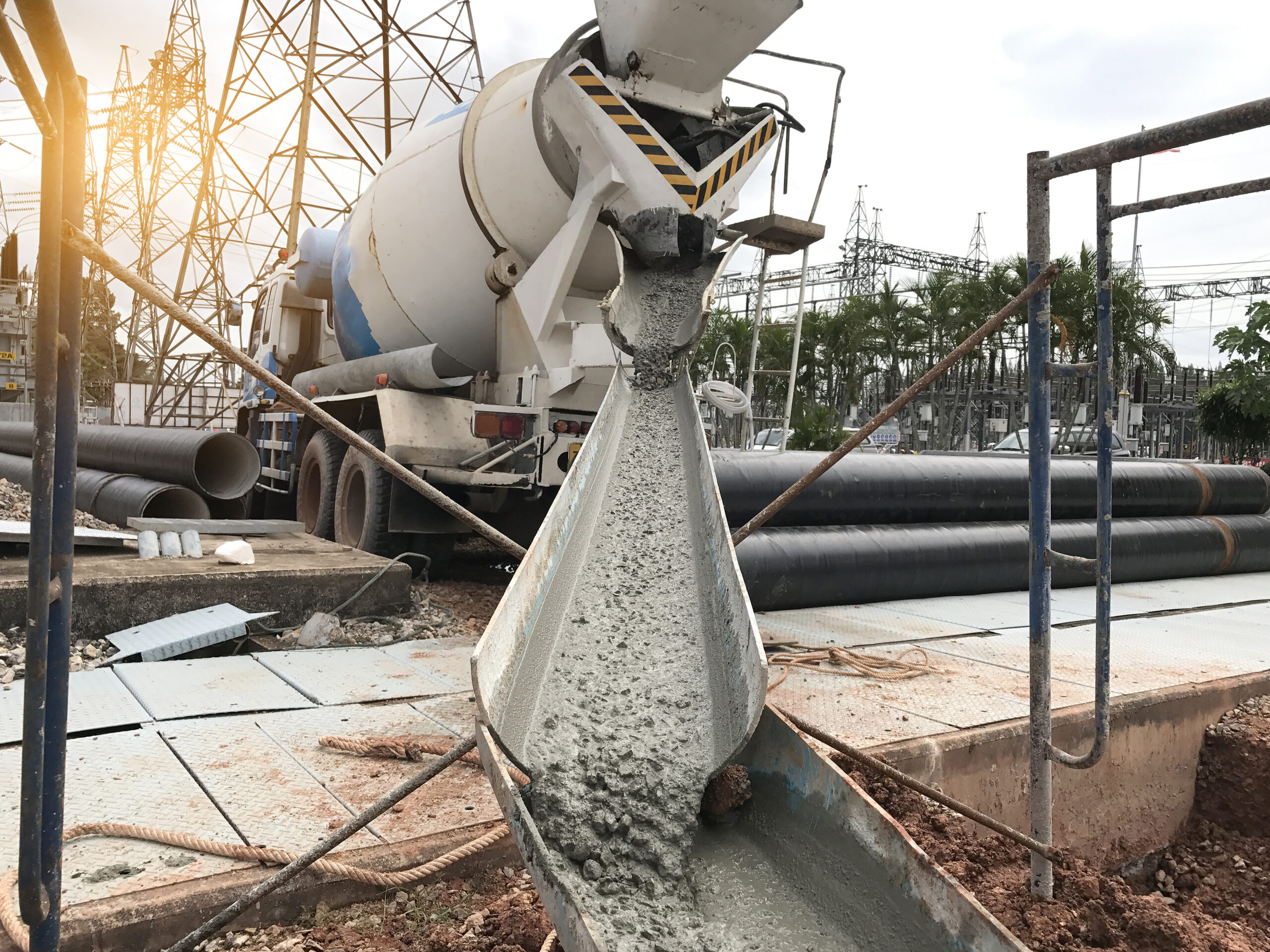
LafargeHolcim, a leading global supplier of cement, aggregates, and ready-mix concrete, faced the challenge of enhancing sustainability across its operations while differentiating itself in a competitive market. The company recognised the need to transform its traditional business model and offerings to align with evolving industry trends and growing environmental concerns.
Considerations:
- Sustainability Integration: LafargeHolcim needed to incorporate sustainability principles into its core business operations and product offerings to meet the increasing demand for eco-friendly solutions.
- Innovation and Differentiation: The company had to find innovative ways to stand out from competitors and provide unique value to customers beyond price and volume.
- Market Penetration: LafargeHolcim sought to enter emerging markets and adapt its product portfolio to meet the specific needs of different regions.
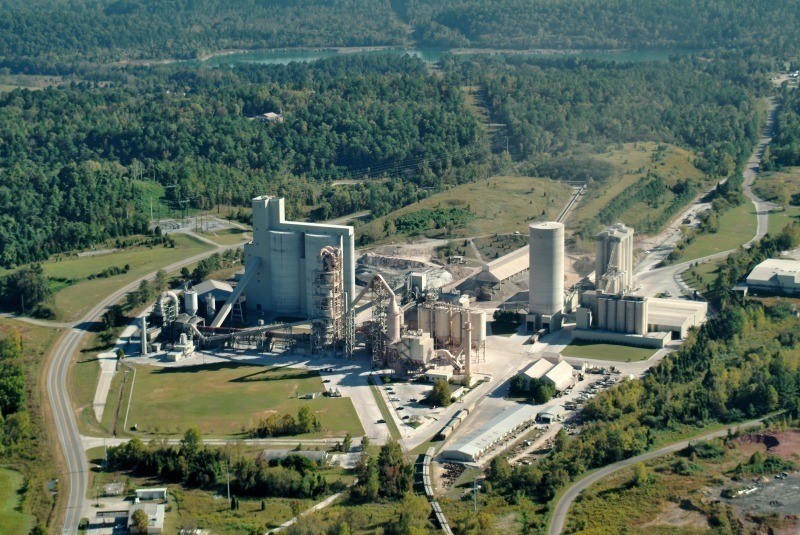
Actions Taken:
- Sustainable Product Development: LafargeHolcim invested in research and development to create advanced sustainable building materials, such as low-carbon cement, recycled aggregates, and alternative binders. These innovations aimed to reduce environmental impact while maintaining product quality and performance.
- Circular Economy Initiatives: The company implemented circular economy strategies, such as waste reduction, recycling, and repurposing of materials, to minimise resource consumption and waste generation throughout its value chain.
- Market-Specific Offerings: LafargeHolcim tailored its product offerings to meet the unique requirements of different markets. For instance, they introduced specialised concrete mixes and solutions for challenging environments, like high-performance concrete for skyscrapers or marine structures.
- Collaborative Partnerships: The company partnered with construction firms, architects, and governments to promote sustainable building practices and advocate for using environmentally friendly materials in construction projects.

Results:
By adopting a value-based sales approach that prioritised sustainability, innovation, and collaboration, LafargeHolcim successfully addressed its challenges and achieved sustainable profitability. The company positioned itself as an industry leader in sustainable construction materials, attracting environmentally conscious customers and gaining a competitive edge. Through its commitment to advancing the circular economy and offering market-specific solutions, LafargeHolcim strengthened its reputation, expanded its market presence, and contributed to a more sustainable built environment.
Key Takeaways for Building Materials Companies
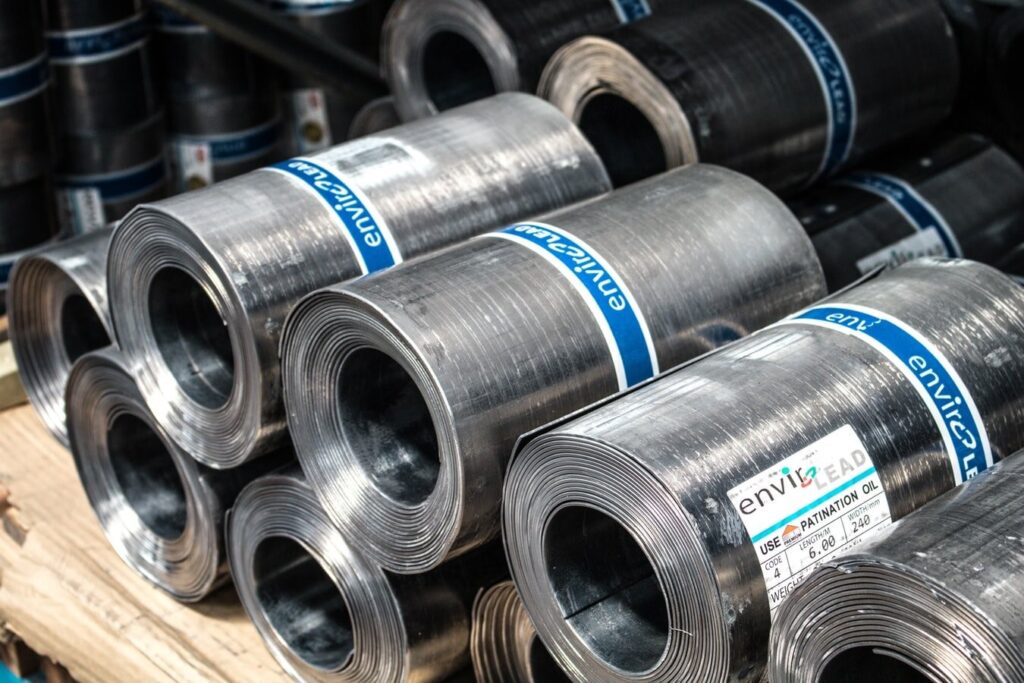
Embracing value-based pricing can yield substantial benefits for building materials companies. Key takeaways include:
1. Customer-Centric Approach:
Value-based pricing emphasises understanding and meeting customer needs, enhancing customer loyalty and long-term relationships.
2. Profit Margin Enhancement:
By capturing a product’s value, companies can maintain healthier profit margins even in challenging market conditions.
3. Competitive Advantage:
Effective value-based pricing differentiates products from competitors, enabling companies to command premium prices.
4. Sustainability and Innovation:
Highlighting sustainability features and innovative technologies can attract environmentally conscious and forward-thinking customers.
5. Total Value Proposition:
Articulating the complete value proposition, including long-term benefits and cost savings, justifies higher prices to customers.
Building materials companies must adopt strategies that maximise profitability and ensure sustainable growth in an industry fraught with challenges. Value-based pricing provides a powerful tool to achieve these goals. By focusing on sources of value such as quality, sustainability, innovation, and customisation, companies can create pricing structures that resonate with customers and enhance their bottom line.
To further empower building materials companies in implementing value-based pricing, consider the transformative potential of Pricing University programs. These programs offer comprehensive insights into pricing strategies, customer behaviour analysis, and value quantification techniques. By enrolling in such programs, companies can equip themselves with the knowledge and skills needed to thrive in a competitive market.
Value-based pricing is not merely a pricing strategy but a strategic approach that aligns with evolving customer demands and industry trends. Building materials companies that embrace value-based pricing can elevate their profitability, drive innovation, and establish themselves as leaders in a dynamic marketplace. The time to harness the power of value-based pricing is now, and pricing university programs stand ready to guide companies toward a future of sustainable growth and success.

Transform your sales and marketing teams into pricing experts:
Transform your sales and marketing teams into pricing experts through Pricing University. By mastering value-based pricing techniques, they’ll be prepared to capture the true worth of your products, increase customer satisfaction, and drive sustainab



